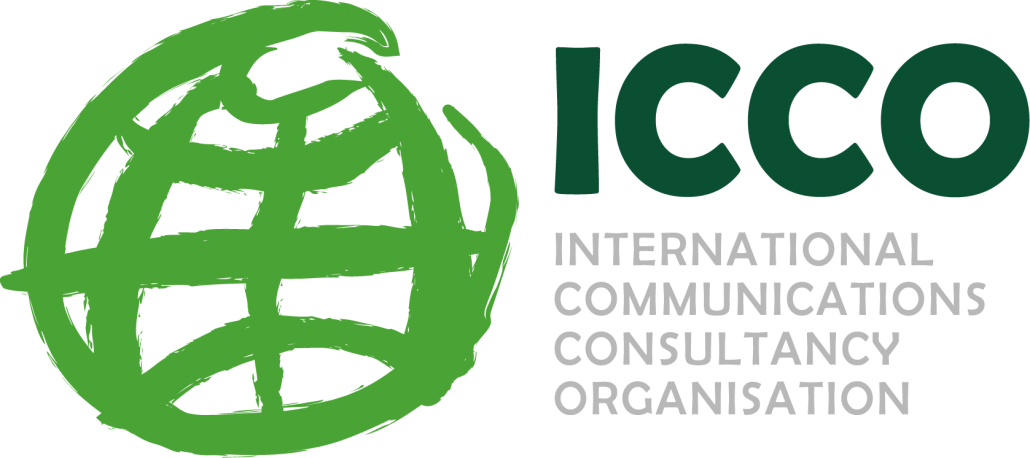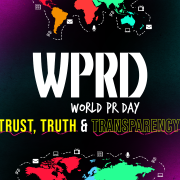Trends transforming global PR
Article by Tanya Hughes, President, SERMO Communications
This summer, we locked SERMO’s 15 lifestyle PR agencies from all over the world in a conference room in Milan for three days to talk about transformation. Transformation of clients’ and brands’ needs, of our services, of digital influence, of retail and technology, of our staff makeup. There was plenty of inspiration and plenty of handwringing. In the end we agreed that ‘only the paranoid survive’ and that that’s a good thing. Here are outtakes from the conference – the trends we think are transforming global PR:
- Every company is a digital company
Generalist PR skills such as writing, media relations, event management and strategic planning are still core competencies. But now that digital content is the new ‘me time’, every agency is piling in to fill the space. Specialist skills in multimedia content development, SEO, social and digital and analytics are now critical ingredients in the arsenal of progressive PR agencies. To find these digital experts, SERMO agencies are recruiting from media, advertising and production agencies. Nota Bene in Spain have recruited Art Directors, Online Marketing Managers and IT/Programming Managers and Mojo PR in Dubai have a new Head of Creative Content who’s highly connected to filmmakers and other producers, training agency staff in video production and editing.
- Keep millennials happy
How to keep our people happy, especially ‘millennials’, was a hot topic this year. Millennials (those born between the 1980s and 2000s) need targeted attention. They have grown up in a society thriving on rapid technological advancement. They expect to be able to access the latest technology at work. Upgrade or die! For them, change is the constant, and they demand this from an employer – they want their careers to progress quickly. According to a report produced by PwC Australia, 71% of millennials are dis-engaged at their jobs as a result of this sense of entitlement. SERMO agencies know that human capital is their biggest asset so they’re investing in training, tailored benefits and new perks to help recruit and retain the very best talent. Talk PR in the UK have introduced a mentoring programme, RSVP in Singapore hold weekly yoga classes in the office to improve staff’s health and wellbeing and Tomorrowland Group in Australia have introduced a quarterly reset day (extra holiday day every quarter) to help their people maintain a work/life balance. All report improved retention and productivity.
- The seismic shift in retail
Retail, and fashion retail in particular, is going through enormous structural change. From the push for change in the now outdated two season fashion calendar, to the shift in consumer buying habits facilitated by digital and mobile technology. We heard from expert e-commerce speakers. POPSUGAR talked about the challenges of co-creating content for brands that will grab the eight second attention span of Gen Z, the domination of mobile and the holy grail of marketplace sites – seamless check out. While Yoox said their customers know what they want and come to them to shop, not for content! At the sharp end of technology, Metail are creating virtual fitting rooms that will improve and personalise service and cut returns. In the real world, bricks and mortar retail is moving toward creating experiences that can’t be replicated online.
All of which has implications for PR – the lifecycle of fashion/lifestyle stories is shorter and requires an integrated approach across content and channels, from influencer marketing to creative execution. It’s all about driving sales across all consumer touchpoints. Working with digital influencers, in particular, now drives huge sales for brands and retailers, often resulting in completely sold-out pieces.
- Redefining influence
Influence is not what it used to be. It’s more complex and dynamic and, above all, digital. But the digitisation of influence, doesn’t diminish PR’s core competence – harnessing influence through relationships. What it does mean is that working with digital influencers and KOLs and creating compelling digital content requires constant innovation – Negri Firman in Italy has set up a creative content arm called NFLAB, Flare in Hong Kong set-up a social and digital PR Hub in summer 2015 which now contributes over 33% of their total revenue, Tomorrowland Group in Australia and RSVP in Singapore have launched Talentland and RSVP@Talent (respectively) to manage the profiles of experts, digital influencers and creators. SERMO agencies like Adventi in China are also offering integration of paid, owned, shared and earned media and broadening their portfolio from working with digital influencers and paid amplification to programmatic advertising.
- Global media vacuum
Condé Nast Italia impressed us all with their innovative work with brands and co-created, extraordinary content. But what they can’t do, and what no major publishing house can do, is press a ‘button’ for global reach. There’s really no such thing as truly global media. We know this from our work with global clients such as Pernod Ricard and Procter & Gamble. It occurred to us that we could bring each of our market’s local influencers together, connected by the network partners, to create tangible global online reach for our clients’ brands. And at the same time, help influencers extend their global reach. So our next step is to make the SERMO Digital Influencer Index interactive, live and a service for clients and influencers – watch this space.












